Festival de la bière de Jeonju (2022 전주 가맥축제)
14.5Km 2025-08-12
451, Girindae-ro, Deokjin-gu, Jeonju-si, Région Jeonbuk (전북특별자치도 전주시 덕진구 기린대로 451 전주종합경기장)
070-8870-6870
Seul festival en Corée où l’on peut déguster une bière produite le jour même à l’usine HiteJinro – site de Jeonju. Pendant trois jours, du 7 au 9 août, vivez des soirées d’été rafraîchissantes et exaltantes grâce à une bière fraîchement brassée et glacée, aux établissements Gamæk approuvés par les habitants de Jeonju, et à des spectacles hauts en couleur.
Musée du papier d’Asie (전주한지박물관)
14.5Km 2024-04-07
180, Palbokdong2-ga, Deokjin-gu, Jeonju-si, Région Jeonbuk
+82-63-210-8103
Le musée du papier d’Asie a été inauguré en 1977 offrant nombre d’expositions concernant le papier hanji en Corée. Plus de 1800 pièces telles que des reliques de l’art du papier y sont exposées. Le hall no.1 traite de l’histoire du papier, tandis que le hall no.2 du présent et du futur du papier. Le hall spécial d’exposition contient quelques 700 oeuvres sur l’art du papier, d’anciens écrits ainsi que 230 manuscrits historiques et 90 autres pièces en papier. En plus des expositions, il est possible de créer sa propre pièce en papier suivant des méthodes ancestrales coréennes. Le magasin du musée vend aussi divers souvenirs, d’oeuvres en papier ainsi que des pièces uniques.
Marché Moraenae de Jeonju (전주 모래내시장)
14.6Km 2025-08-12
8-8 Moraenae 4-gil, Deokjin-gu, Jeonju-si, Jeonbuk-do
Le marché Moraenae de Jeonju est, avec les marchés Nambu et Jungang, l’un des principaux marchés traditionnels de la ville. Formé dans les années 1970, il est spécialisé dans la vente de légumes, fruits, viandes, poissons, produits de la mer séchés, vêtements et articles divers. Grâce à sa proximité avec Wanju, région voisine de Jeonju, des produits agricoles frais et de qualité y sont livrés directement, permettant aux clients d’y accéder rapidement.
On y trouve également une grande variété de spécialités culinaires locales, et l’ambiance chaleureuse du marché traditionnel attire de nombreux visiteurs. Parmi les sites touristiques à proximité figurent le village hanok de Jeonju, le sanctuaire Gyeonggijeon, l’église catholique de Jeondong, le musée national de Jeonju et le mont Moaksan.
Bongi Seolleongtang (봉이설렁탕)
14.7Km 2024-04-07
576, Baekje-daero, Deokjin-gu, Jeonju-si, Région Jeonbuk
+82-63-271-0912
Seolleongtang (ox bone soup) is Korea's representative health food rich in protein. The best menu at this restaurant is ox bone soup. This Korean dishes restaurant is located in Jeonju-si, Jeollabuk-do.
Parc Deokjin (덕진공원)
15.0Km 2024-04-08
390, Gwon samdeuk-ro, Deokjin-gu, Jeonju-si, Région Jeonbuk
+82-63-239-2607
Le grand parc Deokjin (fondé en avril 1978) est un parc bien connu à Jeonju. Il est constitué d’un pavillon traditionnel, d’un marais d’iris, d’une cascade artificielle ou encore d’un pont en bois. Le parc est surtout connu pour ses fleurs de lotus, quand l’été arrive les nénuphars s’épanouissent complètement pour former un très beau paysage. A l’intérieur du parc, vous trouverez neuf sculptures commémoratives telles que ‘la sculpture pour les enfants’, ‘la sculpture Sin Seok-Jeong’, ‘la stèle de Kim Hae-kang’, ‘Jeon Bong-jun, Jang Gun-sang’, etc.
Namu Sotbab (나무솥밥)
15.3Km 2024-04-08
13-2 Sinbok 6gil, Deokjin-gu, Jeonju-si, Région Jeonbuk
Namu Sotbab est apparu dans des émissions de TV notamment pour le programme de la chaîne MBC, 'Buy & Live Season 3'. Le lieu propose des repas sains avec des ingrédients naturels. Le lieu est spécialisé dans la préparation du tofu.
Doldol Pie (돌돌파이)
15.3Km 2024-04-08
27-5, Sinbok 6gil, Deokjin-gu, Jeonju-si, Région Jeonbuk
Doldol Pie est un établissement spécialisé dans les tourtes à la viande australiennes et coréennes. Leur principal menu est la tourte royal galbi, un mélange entre la viande de la tourte australienne et la viande galbi jjim de Corée (galbi braisé).
Baram Yakgwa (바람약과)
15.4Km 2024-04-08
23-1, Sinbok 6gil, Deokjin-gu, Jeonju-si, Région Jeonbuk
Baram Yakgwa est un projet fruit de la coopération entre la ville de Jeonju-si et Glow Seoul apparu dans le programme de la chaîne MBC, 'Buy & Live Season 3'. Ce magasin est spécialisé dans les gâteaux traditionnels yakgwa proposant de nombreuses variétés.
Cheolgiwa Jeon (철기와전)
15.5Km 2024-04-08
8-1, Sinbuk 7gil, Deokjin-gu, Jeonju-si, Région Jeonbuk
Cheolgiwa Jeon désigne un restaurant spécialisé dans les plats jeon (pancake traditionnel coréen) préparé par des experts dans ce type de plats.
Lac Ajung (아중호수)
15.5Km 2024-07-09
1111-5, Uadong 1ga, Deokjin-gu, Jeonju-si, Jeonbuk
Le lac Ajung désigne un large réservoir qui fut construit pour aider les productions agricoles locales avant de devenir un lieu de villégiature pour les résidents. Le lac abrite des chemins de promenade aménagés réputés notamment en soirée.
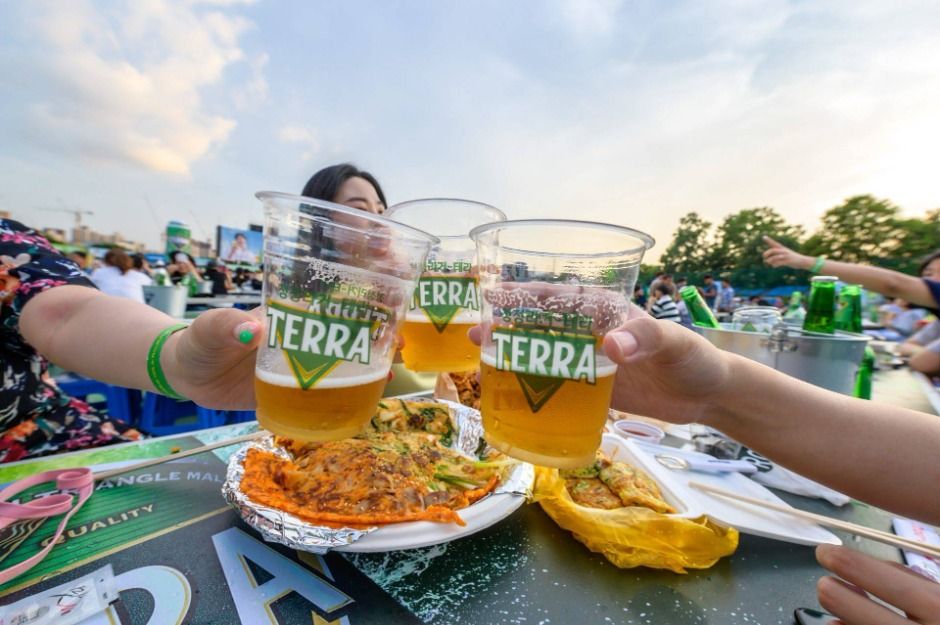
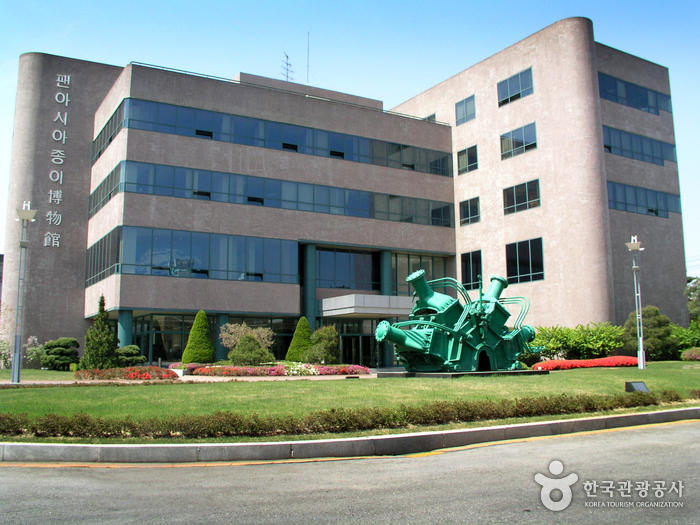
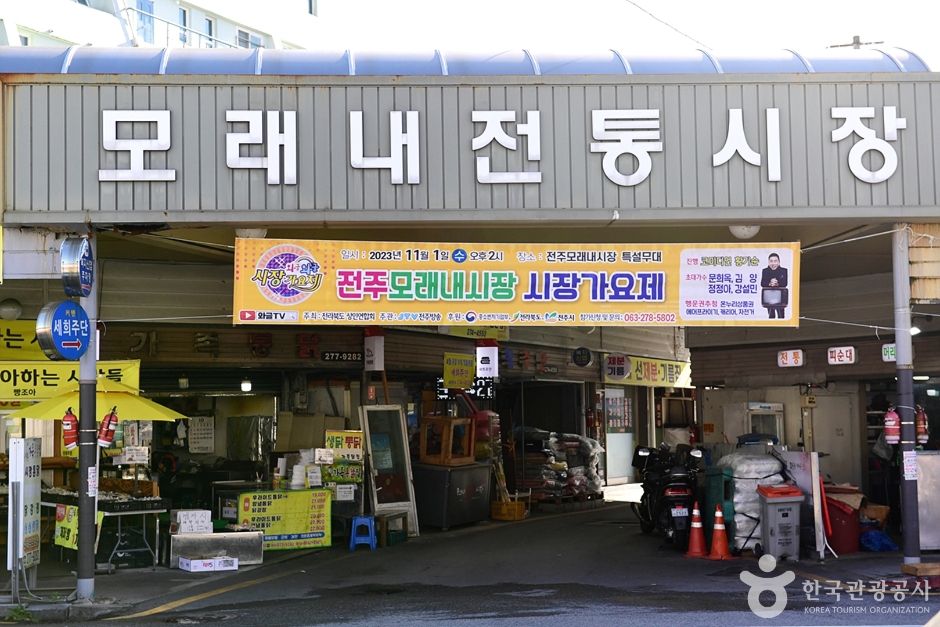
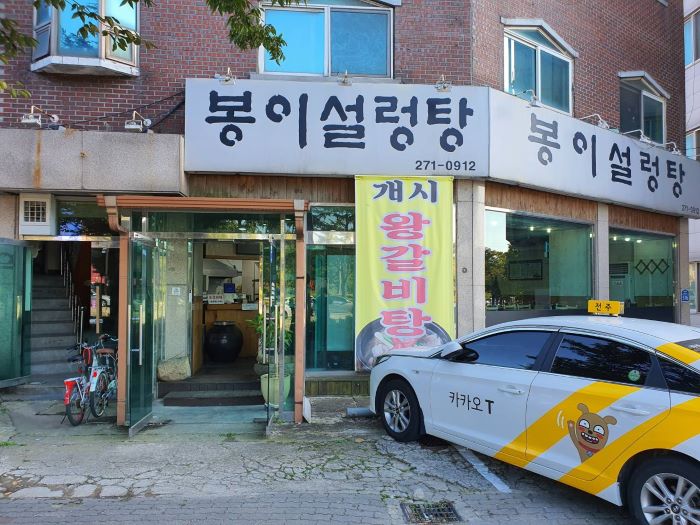

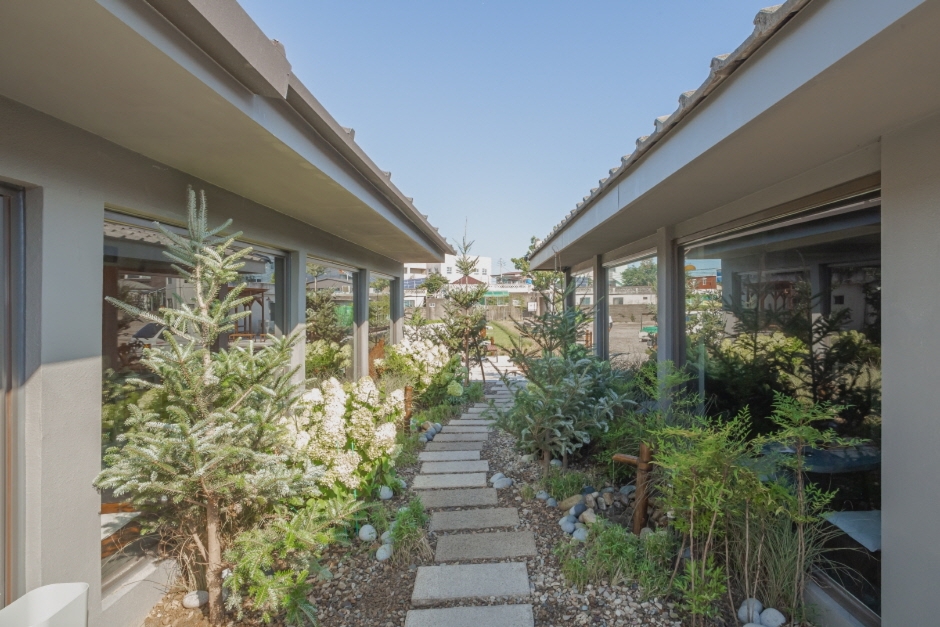
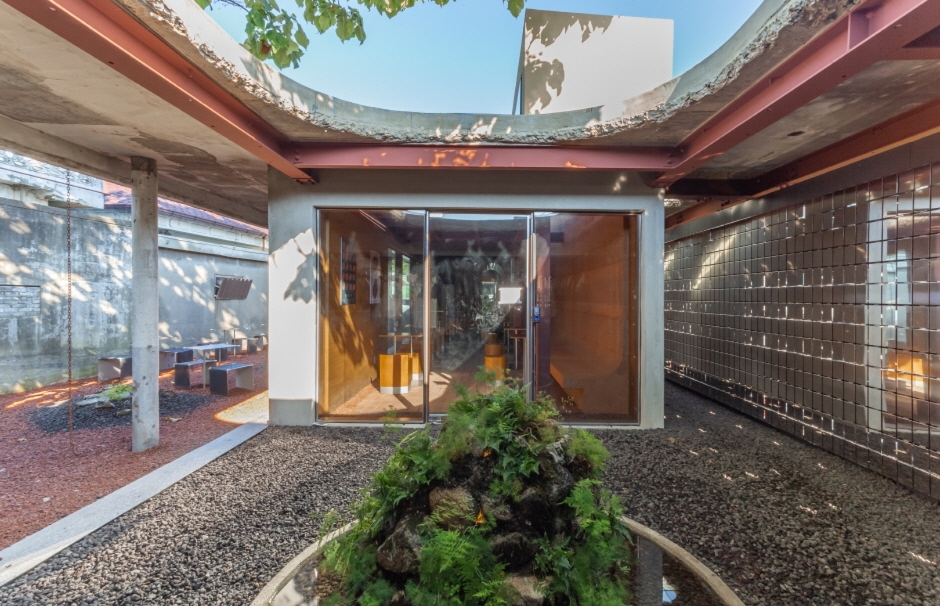
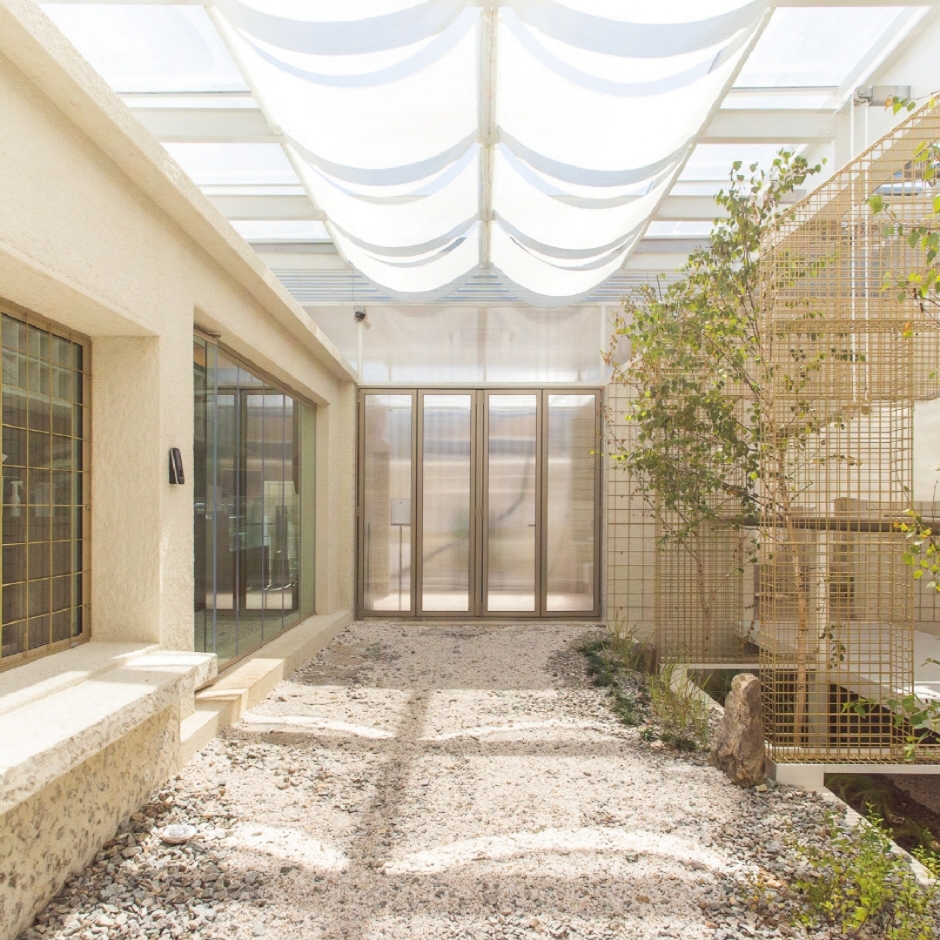
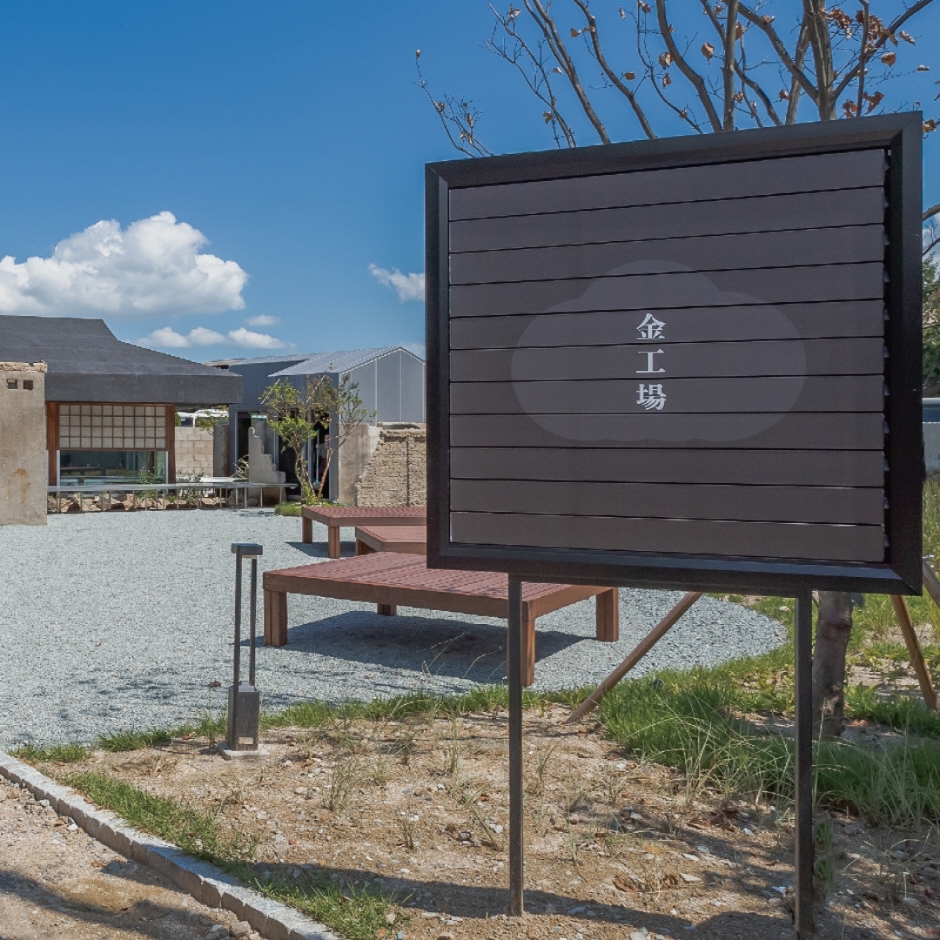
 Français
Français
 한국어
한국어 English
English 日本語
日本語 中文(简体)
中文(简体) Deutsch
Deutsch Español
Español Русский
Русский